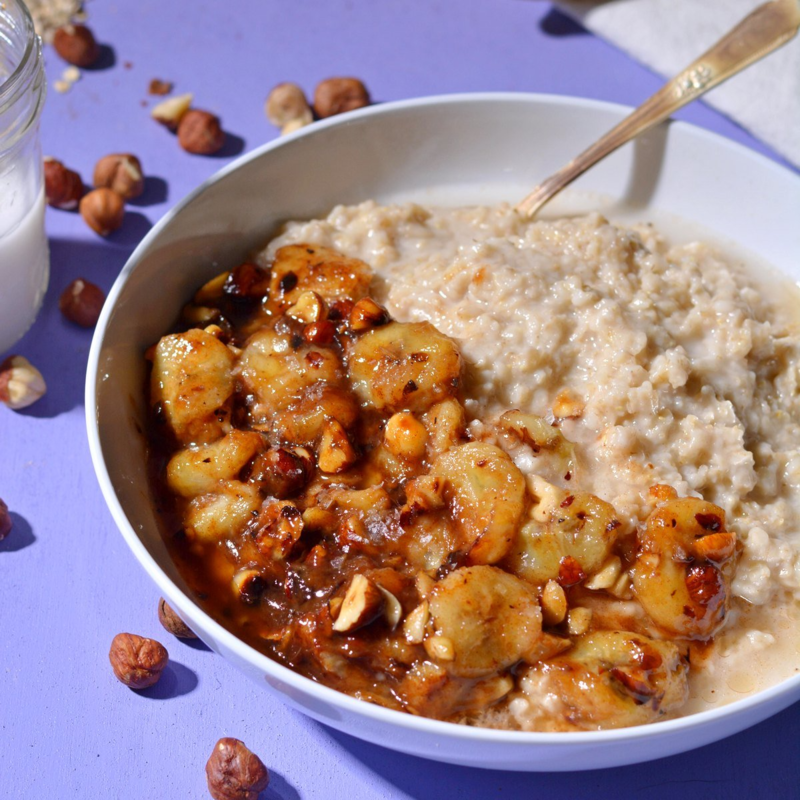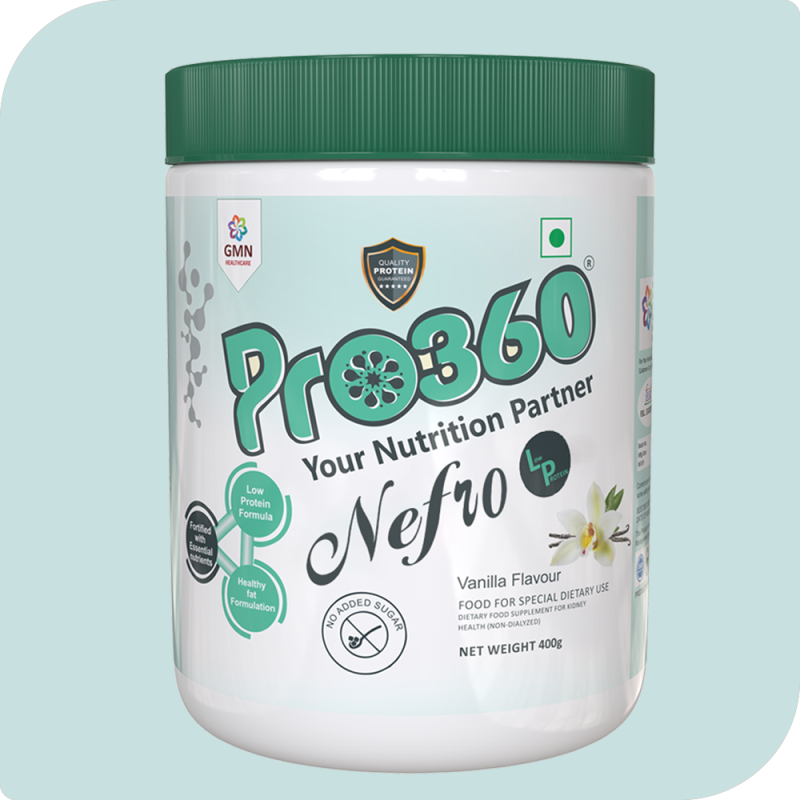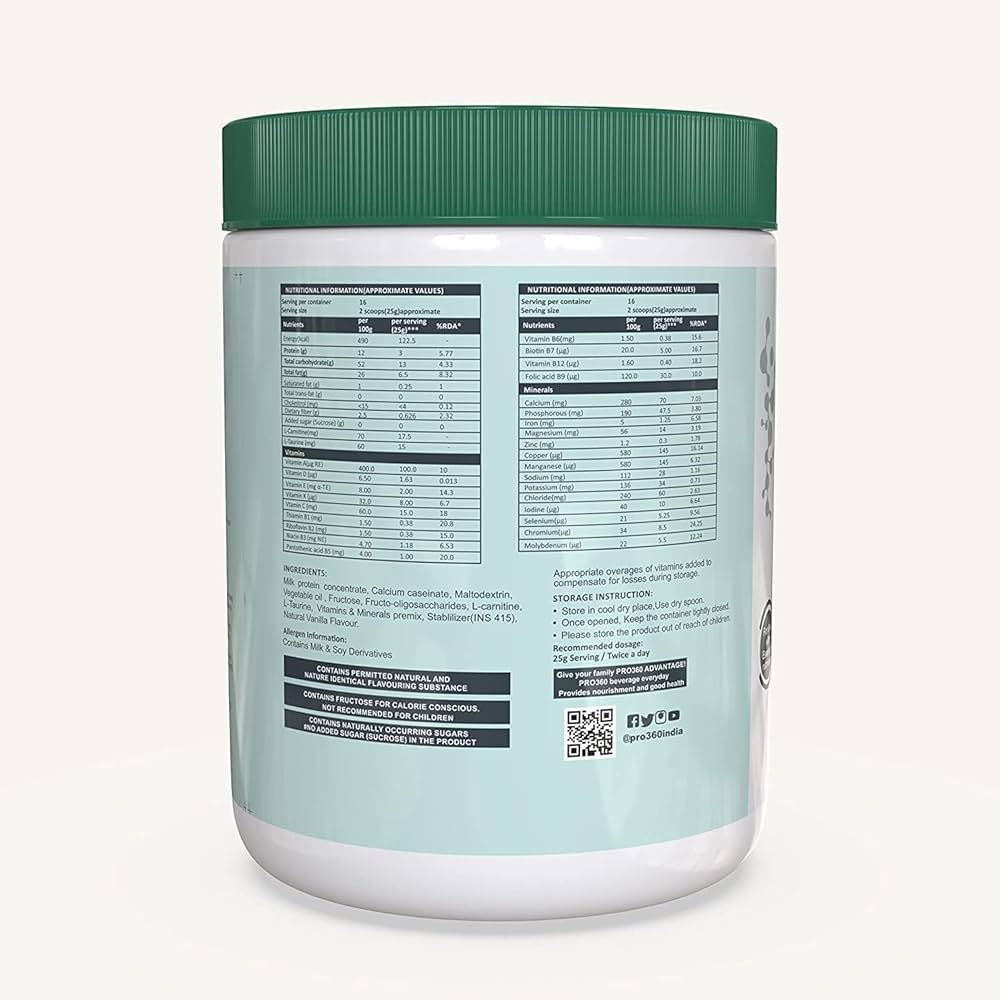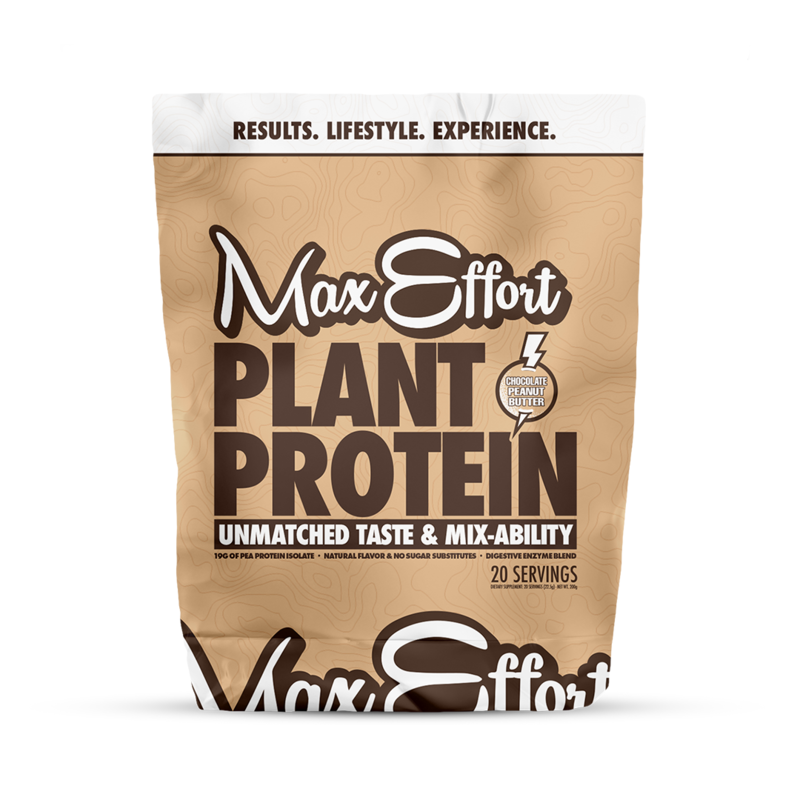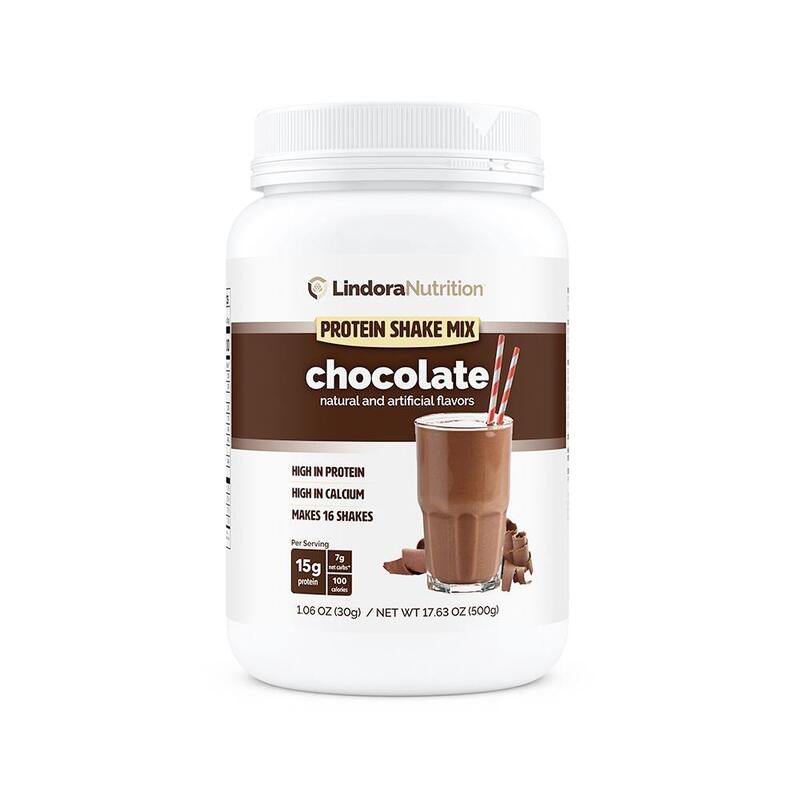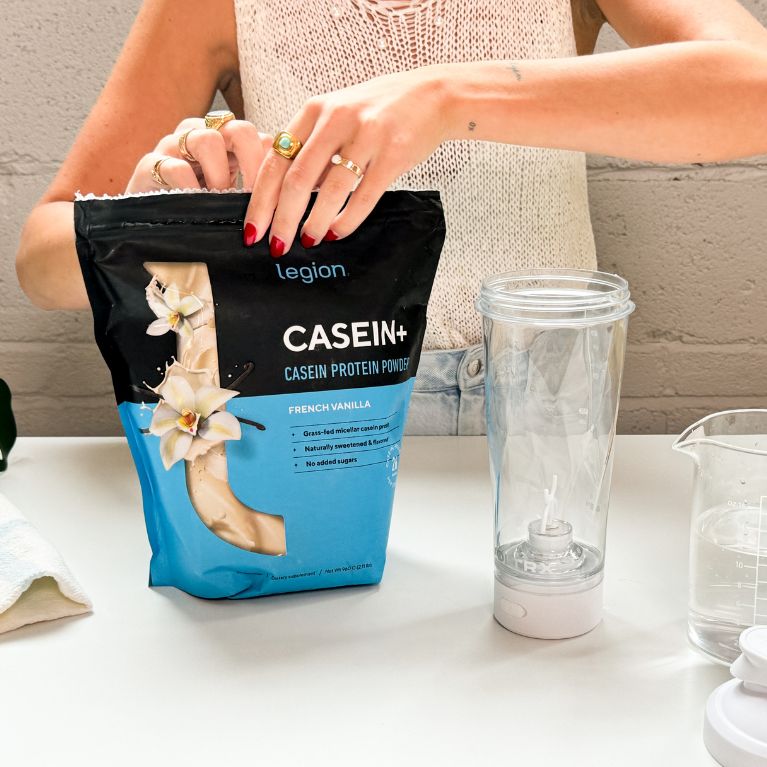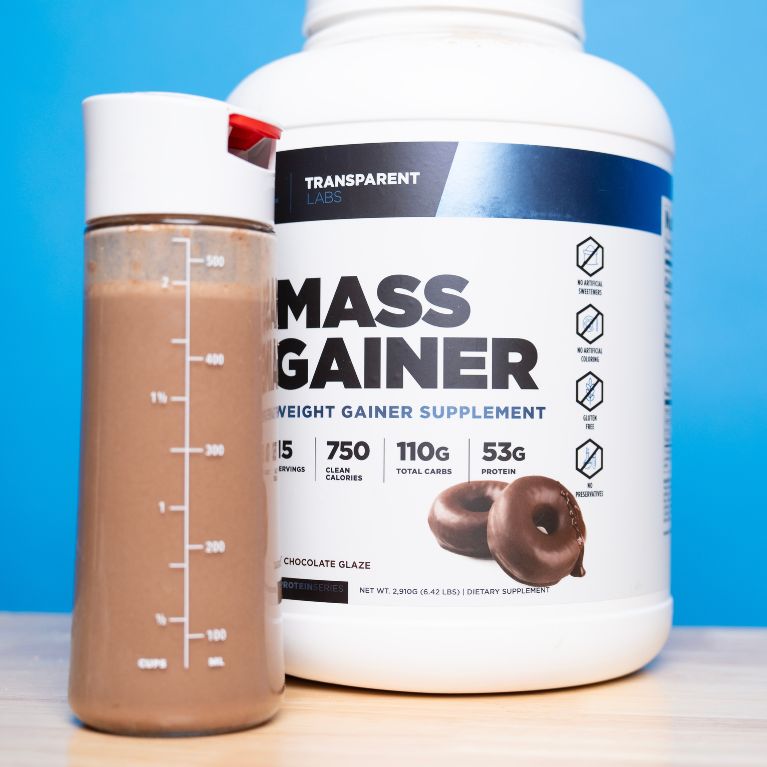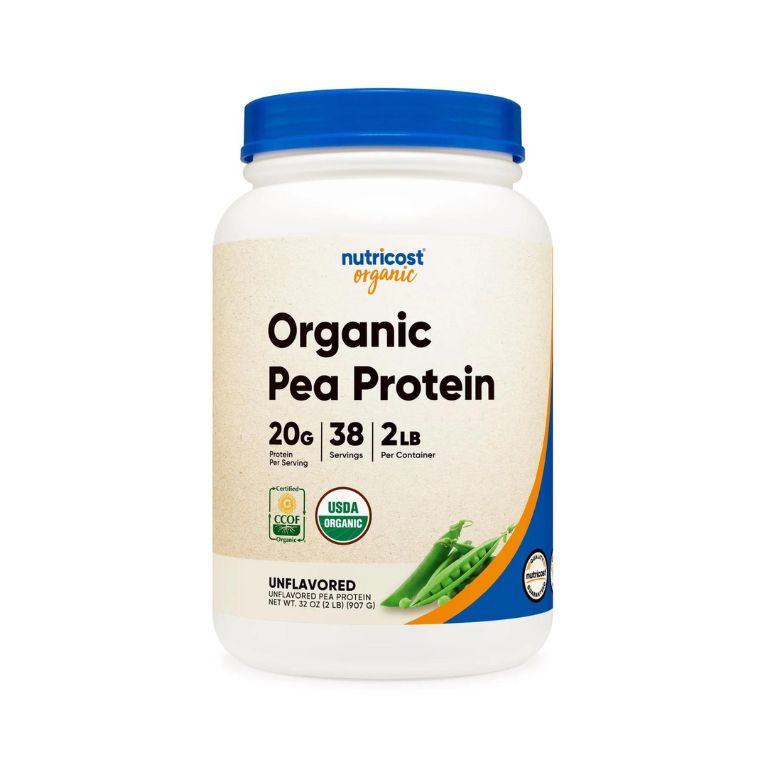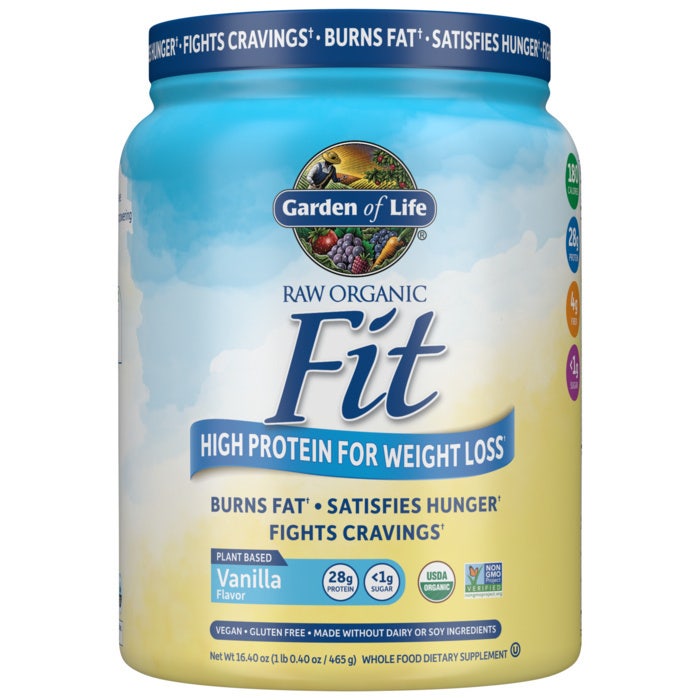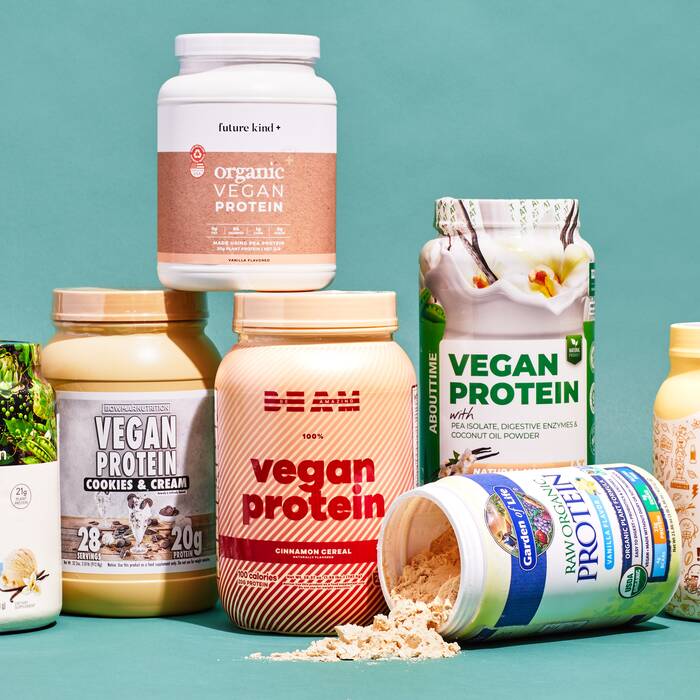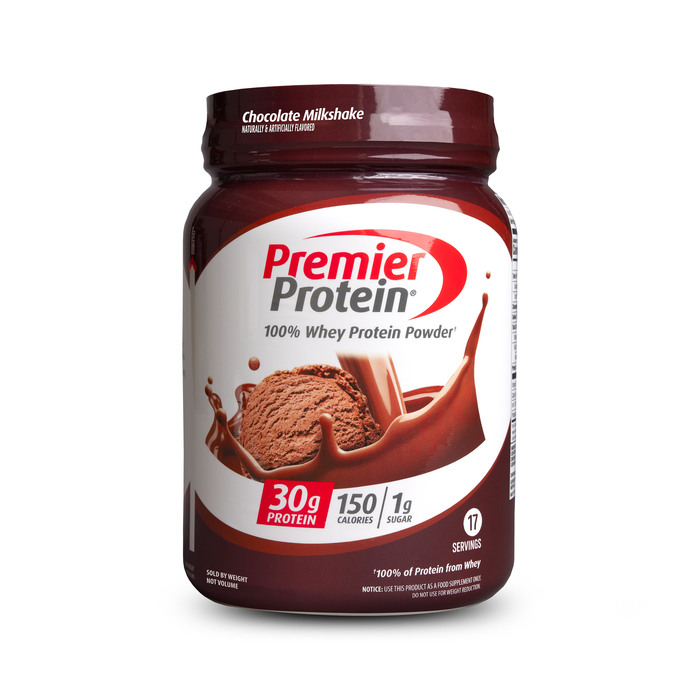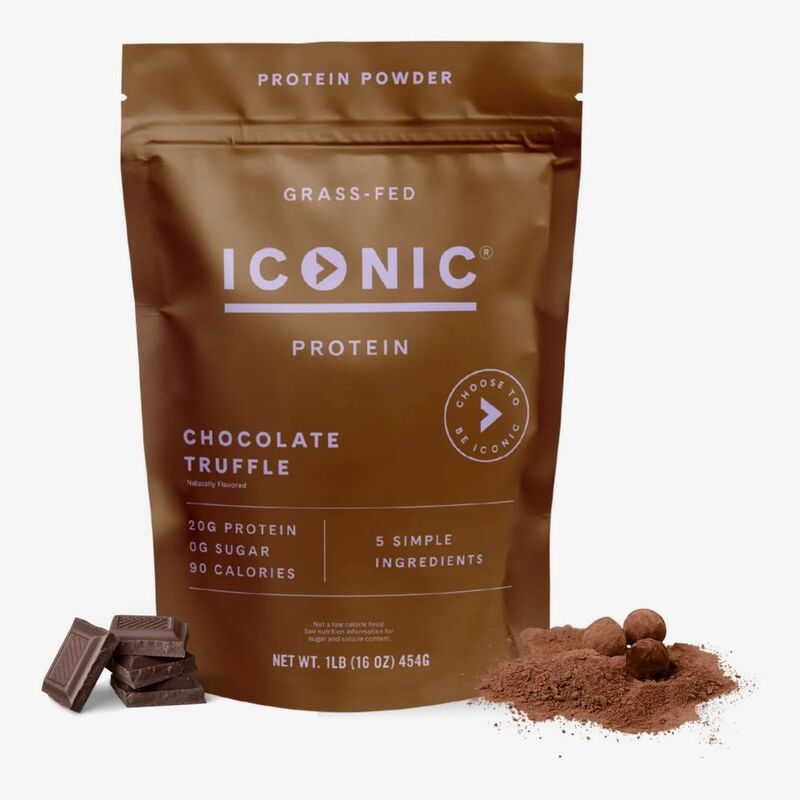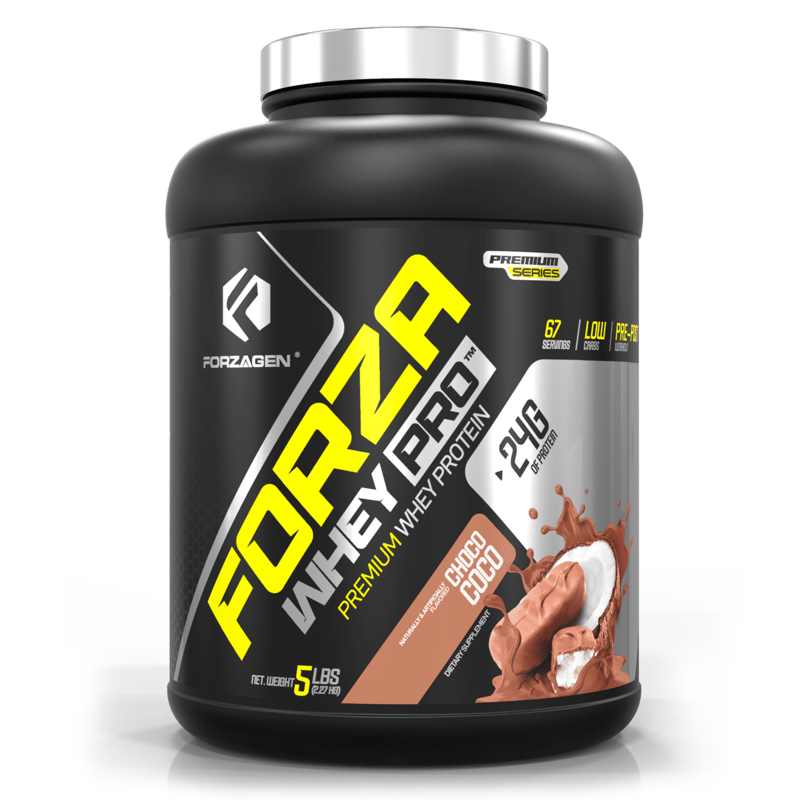Oatmeal is a beloved breakfast staple. It is nutritious, filling, and versatile. However, one common concern is its protein content. While oats do contain some protein, many people desire more. Fortunately, there are several effective ways to enhance the protein content of your oatmeal. You can make it even more satisfying and nutritious without relying on protein powder. Let’s explore how you can achieve this.
Understanding the Nutritional Value of Oatmeal
The Basics of Oatmeal
Oatmeal is made from oats, which are whole grains. They are naturally rich in carbohydrates and fiber. A typical serving of oatmeal provides some protein, roughly 6 grams per cup. While this amount is decent, it may not be sufficient for everyone. This becomes especially true for people with higher protein needs. Athletes, for instance, may require more protein to support their training.
Moreover, oatmeal is high in soluble fiber, which can promote heart health. This fiber helps lower cholesterol levels and stabilize blood sugar. Additionally, oats are rich in various vitamins and minerals. Examples include magnesium, iron, and B vitamins. So, while oatmeal is a good base, enhancing its protein content further improves its nutritional profile.
Incorporating protein into your oatmeal can also help you feel fuller for longer. This can prevent snacking later on, contributing to weight management. Plus, there are numerous delicious ways to add protein. Let’s look at various methods to boost your oatmeal’s protein content.
Why Protein Matters in Breakfast
Protein is vital for many bodily functions. It supports muscle repair and growth. Additionally, protein plays a crucial role in hormone production and enzyme function. Consuming enough protein at breakfast can help you stay energized throughout the day. Moreover, protein can enhance cognitive function, aiding focus and concentration. This is particularly important for students and working professionals.
Research suggests that a balanced breakfast with sufficient protein can lead to better overall health. Protein can help maintain stable blood sugar levels. This, in turn, contributes to fewer hunger pangs during the day. Thus, enriching your oatmeal with protein can significantly impact your well-being. Not only does it optimize nutrient intake, but it can also enhance your breakfast experience.
Next, let’s explore tasty and healthy ways to boost the protein content of your oatmeal.
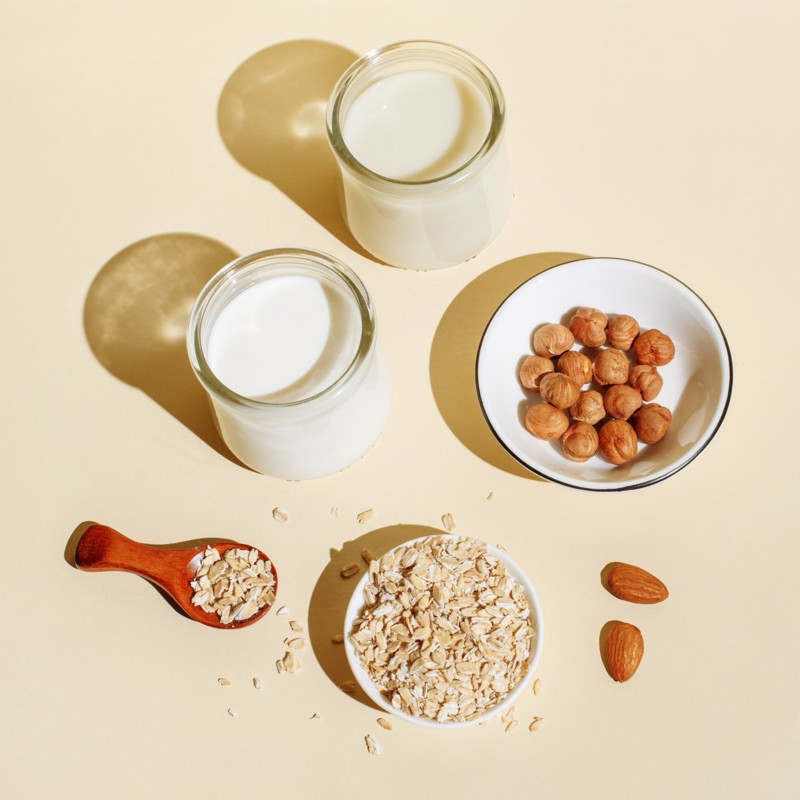
Natural Sources of Protein to Add to Oatmeal
Nut Butters
Adding nut butter is one of the easiest ways to increase protein in your oatmeal. Nut butters such as almond, peanut, or cashew are great options. A single tablespoon can add about 3 to 4 grams of protein to your meal. Furthermore, nut butters provide healthy fats, which can also promote satiety.
You can mix nut butter into your oatmeal for a creamy texture. It adds a rich flavor without overwhelming the taste of your oats. Try swirling it in after cooking your oatmeal for better incorporation. You might also consider topping your oatmeal with sliced bananas or apples alongside the nut butter. This combination creates an appealing and nutrient-dense meal.
Additionally, nut butters often contain other beneficial nutrients. For instance, they are rich in vitamin E, magnesium, and potassium. So, not only are you boosting protein, but you’re also adding a variety of vitamins and minerals.
Greek Yogurt
Greek yogurt is another fantastic way to enhance your oatmeal’s protein content. It is significantly higher in protein than regular yogurt. A typical serving of Greek yogurt contains about 10 grams of protein per half-cup. This makes it an excellent addition to your breakfast bowl.
To incorporate Greek yogurt, simply stir it into your cooked oatmeal. You can do this right before serving to keep its creamy texture. The tangy flavor of the yogurt complements the oatmeal well. To enhance flavors, add some honey or maple syrup. You can also top it with fresh fruits like berries or peaches for extra nutrition.
Moreover, Greek yogurt is loaded with probiotics. Probiotics are beneficial for gut health. Thus, by adding Greek yogurt to your oatmeal, you are not just boosting the protein content but also supporting your digestive system.
Creative Ingredients to Boost Oatmeal Protein
Seeds
Seeds are packed with protein and other nutrients. Flaxseeds, chia seeds, and hemp seeds are particularly well-known for their health benefits. Chia seeds stand out since they are rich in omega-3 fatty acids. They also provide about 5 grams of protein per ounce. Additionally, they swell when mixed with liquid, making your oatmeal thicker.
You can sprinkle seeds on top of your oatmeal or mix them in while cooking. Ground flaxseeds serve as an excellent addition for those who prefer a milder flavor. You may also consider mixing different seeds together for a nutrient powerhouse. Combining various seeds ensures a wider array of nutrients in your breakfast.
Another benefit of seeds is their glycemic index. They can help regulate blood sugar levels. This can be a significant advantage, especially for individuals with insulin sensitivity.
Cottage Cheese
Cottage cheese is often underestimated as a protein source. It’s creamy and versatile, making it a great addition to oatmeal. In just half a cup, cottage cheese contains around 14 grams of protein. That’s a substantial increase for your breakfast, and it complements oats remarkably well.
Stir cottage cheese into your freshly cooked oatmeal for added creaminess and protein boost. It works perfectly with sweet toppings, such as fruits and honey. Moreover, the mild flavor of cottage cheese allows it to blend seamlessly with oats. You can also add nuts or seeds for extra texture and crunch.
Besides enhancing protein content, cottage cheese offers several vitamins and minerals. It is an excellent source of calcium, which promotes bone health. Choosing cottage cheese as a protein source helps diversify your meals and keep them interesting.
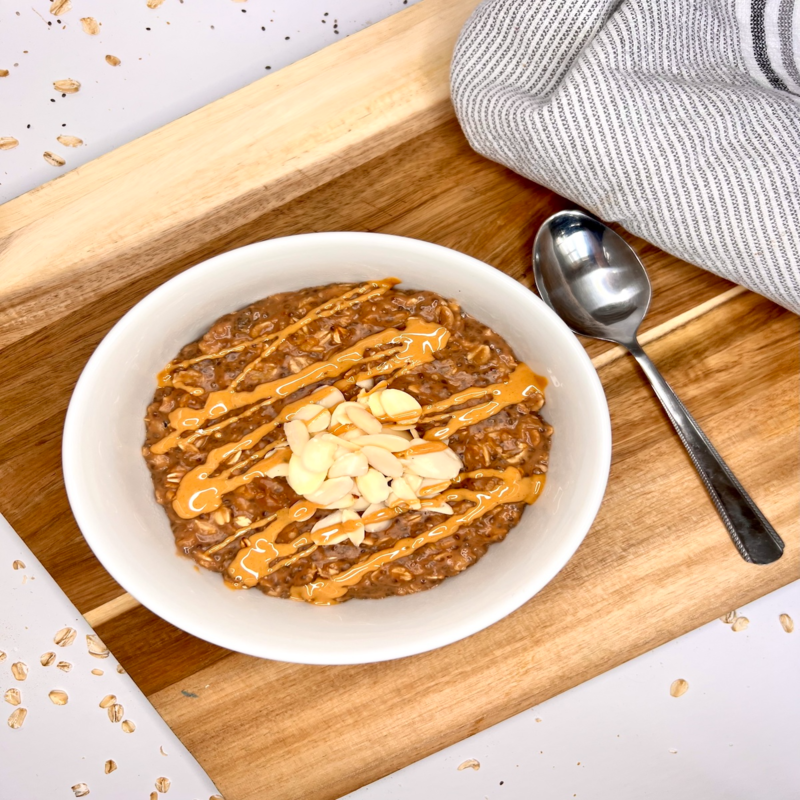
Flavor Enhancements for High-Protein Oatmeal
Eggs
Adding eggs to your oatmeal might seem unconventional, but it is extremely effective. Eggs are one of the most complete protein sources available. A large egg contains approximately 6 grams of high-quality protein. Cooking an egg with your oatmeal is a creative way to boost both flavor and nutrition.
You can prepare your oatmeal on the stovetop, then stir in a beaten egg during the cooking process. Make sure to stir continuously to achieve a creamy texture. The egg will cook quickly and blend well with oats. For a savory option, consider adding spinach and cheese to make it a filling meal.
In addition to their protein content, eggs contain essential nutrients. They are rich in vitamin D and B vitamins, promoting overall health. You can experiment with different seasonings for a unique taste. This method provides a new breakfast experience and packs in substantial protein.
Cheese
Adding cheese to oatmeal may sound surprising, but it can be delicious. Whether you prefer feta, goat cheese, or cheddar, cheese adds a unique flavor. A single ounce of cheese can provide around 7 grams of protein. This surprising addition also creates a creamy, comforting texture.
To incorporate cheese, add it just before serving. This allows it to melt slightly. If you use sharper cheeses, they can enhance the flavor profile of your dish. You can create a savory oatmeal bowl by mixing cheese, herbs, and spices. This unique approach can transform the way you enjoy your breakfast.
Many cheeses also provide calcium and other essential nutrients. This contributes to a well-rounded meal. So, not only are you boosting protein, but you’re also making your oatmeal more flavorful and satisfying.
Combining Ingredients for a Protein Powerhouse
Nut and Seed Mix
Combining nuts and seeds in your oatmeal can create a protein-rich power bowl. Nuts such as almonds, walnuts, and pistachios offer healthy fats. They also provide a good amount of protein per serving. For example, almonds offer about 6 grams of protein per ounce. Meanwhile, seeds enrich the dish further with additional nutrients.
You can create a nut and seed mix to sprinkle over your oatmeal. This not only enhances protein content but also adds texture. Alternatively, you can toast the nuts beforehand to intensify their flavor. Mixing different types of nuts and seeds offers a richer profile of nutrients.
Incorporating this mix also benefits your heart health. Nuts and seeds are associated with reduced heart disease risk. A protein-packed meal that also supports heart health is a win-win. It’s a simple yet effective way to enjoy a high-protein breakfast.
Fruit Combinations
Pairing fruits with protein-rich ingredients can create a balanced meal. Berries, bananas, or apples can add natural sweetness and flavor. They also contain essential fibers, vitamins, and antioxidants. While fruits do not add substantial protein themselves, they compliment protein sources beautifully.
Consider adding high-protein toppings like Greek yogurt with fresh slices of banana. Alternatively, mix chopped apples with almond butter for a delicious twist. You can also stir in berries while cooking to maintain their natural flavor. This simple addition enhances the aesthetics and taste of your oatmeal.
Combining fruits with high-protein ingredients can elevate your breakfast further! It promotes satiety while also satisfying your sweet tooth. This well-rounded approach ensures your meal is nutritious and delicious.
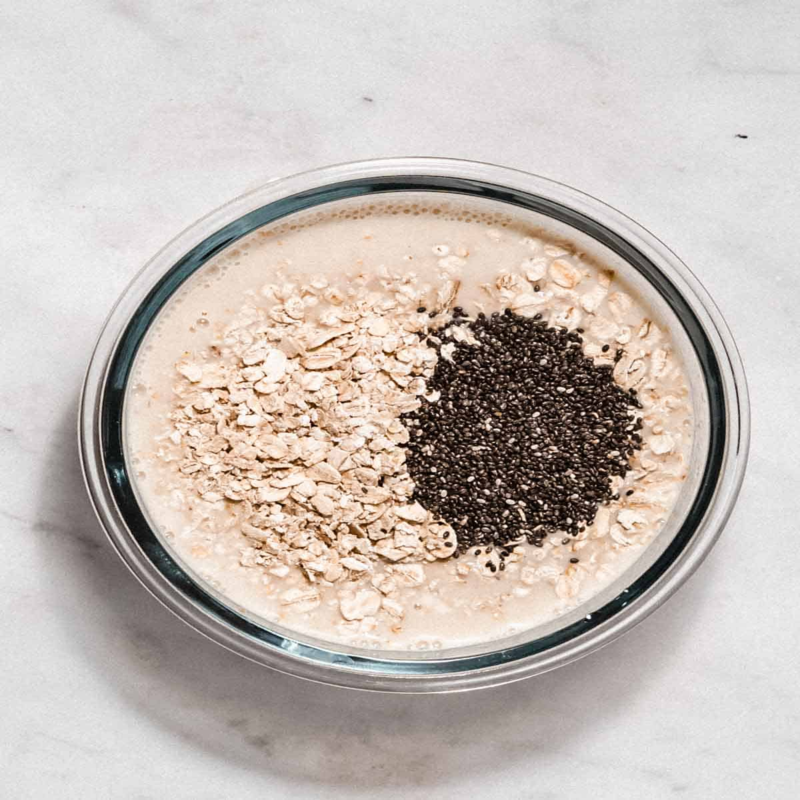
Practical Tips for Making Protein-Packed Oatmeal
Meal Prep Ideas
Preparing oatmeal in advance can save time during busy mornings. You can prepare overnight oats, which are both nutritious and protein-rich. Combine rolled oats with your choice of milk and high-protein ingredients. Use jarred containers for easy storage and grab-and-go breakfasts.
Consider adding nut butter, yogurt, or seeds right before serving. This allows flavors to meld overnight while preserving texture. Overnight oats offer endless combinations, ensuring you won’t get bored. Experiment with flavored yogurt or different fruits for variety.
Meal-prepped oats can keep you on track with your nutrition goals. This is especially beneficial for busy individuals. Having a healthy breakfast ready to go sets a positive tone for your day. So, invest time in preparing your oatmeal ahead of time!
Experimenting with Cooking Techniques
Don’t be afraid to try various cooking techniques for your oatmeal. You can whip it up on the stovetop or try baking it for something new. Baked oatmeal allows for exciting flavors and textures. Consider mixing ingredients that pack protein into a baking dish. Bake and slice into squares for a convenient breakfast option.
Cooking oatmeal in milk instead of water can enhance its creaminess. It also boosts protein content significantly. Experimenting with different liquids can lead to unique flavors. You can also cook oats on low heat for a creamy, comforting texture.
Ultimately, experimenting with different cooking methods can diversify your oatmeal experience. Enjoying the cooking process can lead to delicious results and more satisfying meals.
Conclusion
Boosting protein in your oatmeal can enhance its nutritional value. By integrating various natural ingredients, you can create a delicious and satisfying breakfast. Nut butters and Greek yogurt can provide substantial protein boosts. Additionally, seeds, cottage cheese, eggs, and cheese can diversify your meals.
Don’t hesitate to combine these ingredients for maximum protein power. The combination of nuts, seeds, and fruits can create balanced meals. Plus, meal prepping and experimenting with different cooking methods can simplify your mornings.
Incorporate these tips into your routine. Not only will you enjoy oatmeal more, but your body will thank you, too. A protein-rich breakfast sets a positive tone for your day. Embrace the endless possibilities oatmeal presents—it can be a delightful experience!
